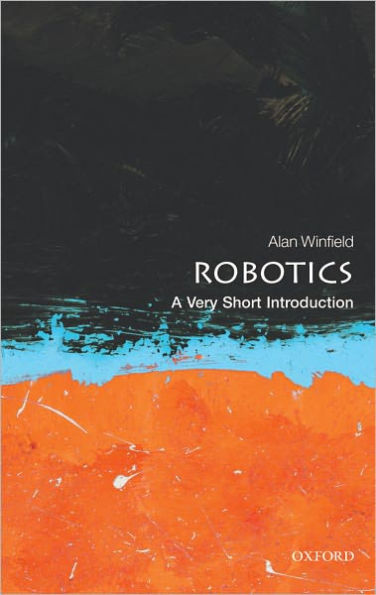Robotics is a key technology in the modern world, a well-established part of manufacturing and warehouse automation, assembling cars or washing machines, or moving goods to and from storage racks for Internet mail order. Robots have taken their first steps into homes and hospitals, and have seen spectacular success in planetary exploration. Yet despite these successes, robots have failed to live up to the predictions of the 1950s and 60s, when it was widely thought—by scientists as well as the public—that we would have, by now, intelligent robots as butlers, companions, or co-workers. This Very Short Introduction explains how it is that robotics can be both a success story and a disappointment, and how robots can be both ordinary and remarkable. Alan Winfield introduces the subject by looking at the parts that together make a robot. Not surprisingly, these parts each have a biological equivalent: a robot's camera is like an animal's eyes, a robot's microcomputer is equivalent to an animal's brain, and so on. By introducing robots in this way this book builds a conceptual, non-technical picture of what a robot is, how it works, and how "intelligent" it is.



